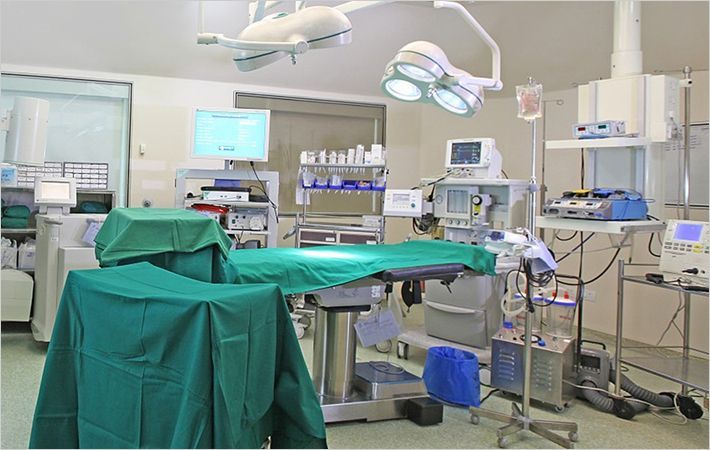50 % of everyone in Germany practices sport at least once a week. That is still fourth place in a European country comparison. Wearing knee-length compression socks was long viewed as uncool by sportsmen and women, but more and more active sportsmen and women have reported the positive effects of wearing these special elastic socks. Even various sportswear manufacturers are advertising the many therapeutic effects of compression clothing during and after sport.
However, the extent to which sportsmen and women can benefit from compression socks is disputed amongst scientists. 50 % of everyone in Germany practices sport at least once a week. That is still fourth place in a European country comparison. Wearing knee-length compression socks was long viewed as uncool by #
A team of scientists from the Department for Hygiene, Environment and Medicine at the Hohenstein Institute in Bönnigheim, textile experts in compression textiles from the Hohenstein Institute and CEP, the sports brand of compression sock manufacturer medi GmbH & Co. KG from Bayreuth investigated these questions in a current pilot study.
The objective of the investigation was to determine in detail to what extent compression socks increase muscle power and therefore the performance of athletes and can accelerate the recovery of their stressed muscles after sport.
It seems the special socks cause a better regeneration of our muscles. By wearing compressive textiles, trained sportsmen and women can create an increased production of messenger substances in the blood called biomarkers.
For their study the Hohenstein specialists sent a team of 10 triathletes onto a running track. In order to investigate the effect of the socks on the sports performance of the athletes, all the athletes completed a 5 km run and then 10 jumps one after the other on a performance measuring plate. The athletes were divided into two groups. One group wore the compression socks which were individually adapted to their calf sizes and had an optimum pressure profile. The other group wore usual short cotton socks. In both groups blood samples were taken before and after the sporting exertion. One week later the groups were switched round and the test was repeated.
The comparison of the two groups did not give any indication of a significant effect of the socks on the 5 km run performance of the athletes or on bigger jump heights in the jumping performance test.
Surprisingly however in the blood of the majority of athletes with compression socks, the biomarker Myokine was found, a messenger substance, which is released by human muscles during movement and indicates the recovery value of a muscle. Therefore myokine content in blood of athletes is a clear signal of faster muscle recovery which can be ascribed to the compression effect.
Many athletes with compression socks also report subjectively of a pleasant feeling during running which could be due for instance to better coordination due to the muscle-compressing socks.
“The results to date on the impact of sportswear on performance and regeneration of athletes must now be pursued further in order to understand exactly how the wearing of compression textiles triggers muscle recovery”, said Professor Dirk Höfer from the Hohenstein Institute. “It seems that with them the time up to physical exhaustion is extended, because not only during sport, but also by wearing them afterwards, compression textiles could for example reduce strain-induced muscle pain and swellings or restore faster the maximum performance, sprinting and jumping strength of the body.”
The test methods developed within the pilot project may help manufacturers in the future in the development of performance-enhancing sportswear. “This is because the pressure distribution taking anatomical circumstances into account is crucial for the positive effects”, explains Professor Höfer.
Hohenstein Institute

